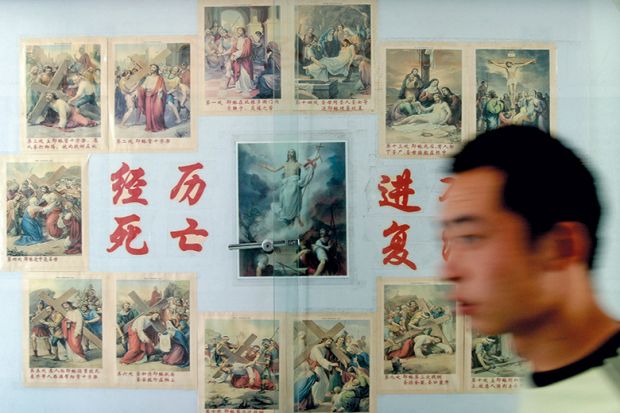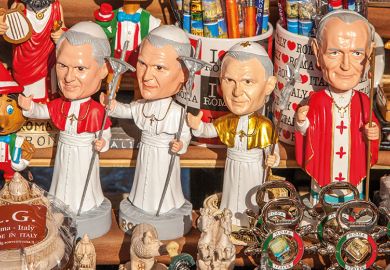When one thinks of biographies of Jesus, one thinks of Matthew, Mark, Luke and John. In themselves they are exceedingly different. Matthew was composed by the earliest group of Christians, called Jewish Christians. They came to Christianity from Judaism and deemed Jesus the long-awaited Jewish Messiah. Luke came to Christianity from Graeco-Roman paganism. His viewpoint is like that of Paul and eventually prevailed in the course of Christianity. Both Matthew and Luke depend on Mark but supplement him.
The Fourth Gospel, John, is very different from the first three. John’s Jesus is pre-existent and assumes a body only when he is borne by Mary. John’s far more spiritualised approach is like that of ancient Gnosticism.
But these four Gospels are only the ones that wound up making it into the Bible. Hence the term “canonical Gospels”. There are scores of gospels that existed at the time but were not included. The best known are the Infancy Gospel of Jesus and the Gospel of Thomas, which consists only of Gnostic sayings.
There have long been attempts to reconcile, or harmonise, the four biblical Gospels. But the attempts are futile. What the attempts share is the assumption that Jesus was a Middle Eastern figure.
In Jesus in Asia, R.S. Sugirtharajah – emeritus professor of biblical theology at the University of Birmingham – opens up Jesus to an Asian outlook. He is not the first to do so, but his book will constitute a revelation for most Christian readers.
Sugirtharajah takes the story all the way back to 7th-century China and 17th-century India. The Chinese texts, called the Jesus Sutras, were written by missionaries to China from the West known as Nestorians. The key Indian biography is by a Muslim, Jerome Xavier, and is called Mirror of Holiness (1602).
These works differ acutely from each other but also from the Western Gospels. For example, “Those raised on the notion of Jesus as the eschatological prophet who announced the imminent end of the world, to be replaced with the Kingdom of God, will be deeply disappointed. The Jesus of the Sutras does not offer any eschatological message. The Kingdom he envisages is…one that has to be found within oneself.”
Throughout his book Sugirtharajah presents the non-Christian sources of the Asian Jesus – above all, in the Koran, Buddhism, Hinduism, Taoism and Confucianism. Jesus is less a divine figure than a model human being. He is compared with Buddha and other Asian “heroes”. And he is often scorned as inferior to them. He frequently harbours a parochial rather than universal outlook.
One chapter considers Asian rejections of Jesus as historical. Sugirtharajah compares two Hindu writers, Chandra Varma and Dhirendranath Chowdhurt, with the British theorists of myth E. B. Tylor and J. G. Frazer. But Tylor and Frazer are not pitting myth against history. They are pitting myth against science. And their approach is comparative: Jesus, on whom Frazer writes far more, is just one more dying and rising king and god of vegetation – or substitute for one.
Sugirtharajah’s writing is wonderfully logical. He anticipates exactly the questions that I asked myself, paragraph upon paragraph. His book is a pleasure to read.
Robert A. Segal is sixth century professor of religious studies, University of Aberdeen, and the author of Myth: A Very Short Introduction (revised, 2015).
Jesus in Asia
By R. S. Sugirtharajah
Harvard University Press, 320pp, £21.95
ISBN 9780674051133
Published 23 February 2018
POSTSCRIPT:
Print headline: The son of God’s Eastern aspects
Register to continue
Why register?
- Registration is free and only takes a moment
- Once registered, you can read 3 articles a month
- Sign up for our newsletter
Subscribe
Or subscribe for unlimited access to:
- Unlimited access to news, views, insights & reviews
- Digital editions
- Digital access to THE’s university and college rankings analysis
Already registered or a current subscriber?







